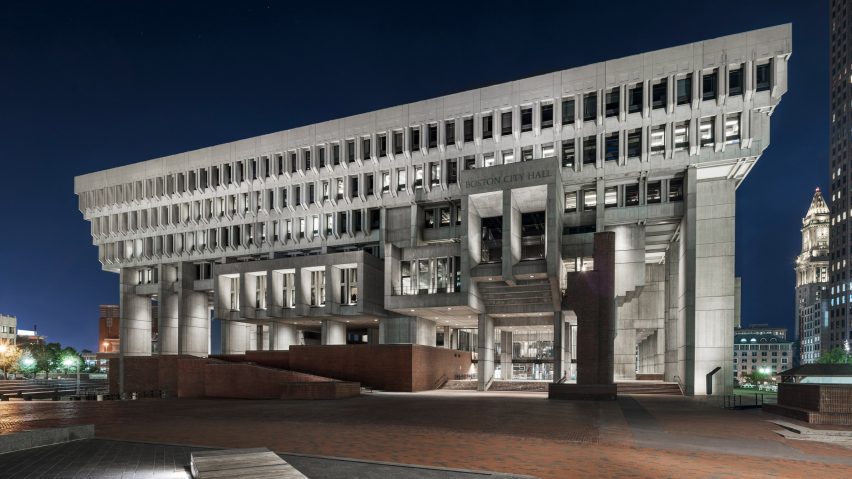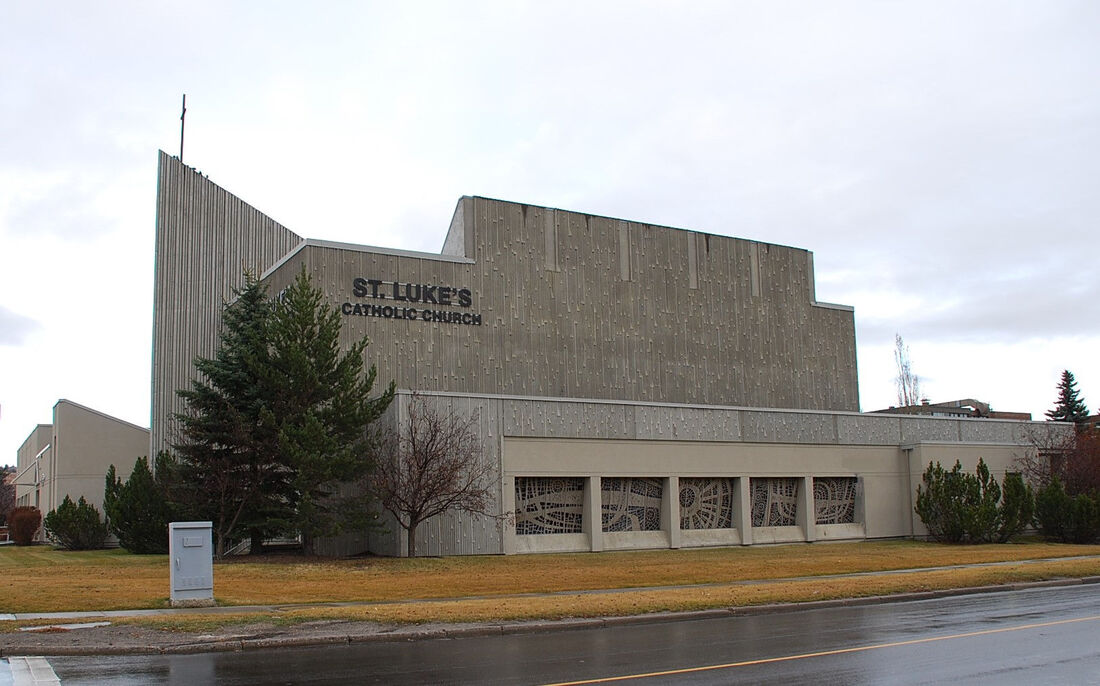I haven't seen the UofC brutalism style buildings up close, but technically it all comes down to whether the concrete is exposed concrete that was poured as is, left unfinished and, and part of the structure or whether the concrete is pieces that were later attached over other concrete or frame work.
You are using an out of date browser. It may not display this or other websites correctly.
You should upgrade or use an alternative browser.
You should upgrade or use an alternative browser.
- Thread starter MissingMiddle
- Start date
Silence&Motion
Senior Member
This is more along the lines of my thinking as well. I know many of the classic brutalist buildings do have precast elements, but I always thought concrete cast in situ needed to be a major part of the look. And the structural concrete needed to be a core part of the building's outer aesthetic as opposed to being hidden behind non-structural precast facades.I haven't seen the UofC brutalism style buildings up close, but technically it all comes down to whether the concrete is exposed concrete that was poured as is, left unfinished and, and part of the structure or whether the concrete is pieces that were later attached over other concrete or frame work.
And if that's too strict a definition, does that mean that any standard rectangular building clad in pre-cast concrete from the late-1960s/1970s counts as brutalism?
My understanding is that it those buildings would be considered something along the lines of 'brutalism inspired' Like the podium on the Scotia Plaza. It had the look of brutalism, but was only concrete panels. The term Beton Brut translates to English as 'gross cement' or 'raw cement' The exposed elements of the concrete would have had to have been poured into forms.This is more along the lines of my thinking as well. I know many of the classic brutalist buildings do have precast elements, but I always thought concrete cast in situ needed to be a major part of the look. And the structural concrete needed to be a core part of the building's outer aesthetic as opposed to being hidden behind non-structural precast facades.
And if that's too strict a definition, does that mean that any standard rectangular building clad in pre-cast concrete from the late-1960s/1970s counts as brutalism?
artvandelay
Active Member
What a brutal idea for a thread!
Brutalism isn't defined by precast or cast in place concrete - it can be both. In most northern climates you will find precast cladding on brutalist buildings. It's more about expression of structure, mass, and materials. That doesn't mean every building from a certain era with precast cladding would be classified as brutalism. This is the best definition I've found:
Brutalism is generally associated with rough, unfinished surfaces, unusual shapes, heavy-looking materials, straight lines, and small windows. Modular elements are often used to form masses representing specific functional zones, grouped into a unified whole. As well as concrete, other materials commonly used in brutalist buildings included brick, glass, steel, and rough-hewn stone.
One of the defining examples of brutalism, Boston City Hall, is clad with precast:

Hmm, perhaps this project was the inspiration for our lovely CBE headquarters.
Brutalism isn't defined by precast or cast in place concrete - it can be both. In most northern climates you will find precast cladding on brutalist buildings. It's more about expression of structure, mass, and materials. That doesn't mean every building from a certain era with precast cladding would be classified as brutalism. This is the best definition I've found:
Brutalism is generally associated with rough, unfinished surfaces, unusual shapes, heavy-looking materials, straight lines, and small windows. Modular elements are often used to form masses representing specific functional zones, grouped into a unified whole. As well as concrete, other materials commonly used in brutalist buildings included brick, glass, steel, and rough-hewn stone.
One of the defining examples of brutalism, Boston City Hall, is clad with precast:

Hmm, perhaps this project was the inspiration for our lovely CBE headquarters.
artvandelay
Active Member
Everyone knows about the CBE building and the planetarium, but I'd like to highlight some lesser-known examples or brualist architecture.
The Bank of Canada Building / 404 Sixth is one of my favourite office buildings in town. The problem with most brutalist buildings is that they generally have very poor 1960s-style urban design. This is not the case here as the building has a generous amount of streetfront retail and is well proportioned for the streetscape. It's just a well executed design:

St. Luke's Catholic Church - I had no idea this building existed until recently but this is another great brutalist design. I haven't been inside but it the interior design looks very impressive.


The Bank of Canada Building / 404 Sixth is one of my favourite office buildings in town. The problem with most brutalist buildings is that they generally have very poor 1960s-style urban design. This is not the case here as the building has a generous amount of streetfront retail and is well proportioned for the streetscape. It's just a well executed design:

St. Luke's Catholic Church - I had no idea this building existed until recently but this is another great brutalist design. I haven't been inside but it the interior design looks very impressive.


JonnyCanuck
Senior Member
It could be the most 'brutal' of all however it has been sitting empty and decaying for years. Right now it is a dark, foreboding eyesore. If it is not going to be occupied then take it down.Keep the old CBE building!!!
Good example showing the bank building on 6th.
Wondering what people thing about the idea of murals on brutalist buildings?

Wondering what people thing about the idea of murals on brutalist buildings?
darwink
Senior Member
UCalgary candidates:
Health Sciences Centre


Health Sciences Centre
O-tac
Active Member
Everyone knows about the CBE building and the planetarium, but I'd like to highlight some lesser-known examples or brualist architecture.
The Bank of Canada Building / 404 Sixth is one of my favourite office buildings in town. The problem with most brutalist buildings is that they generally have very poor 1960s-style urban design. This is not the case here as the building has a generous amount of streetfront retail and is well proportioned for the streetscape. It's just a well executed design:

St. Luke's Catholic Church - I had no idea this building existed until recently but this is another great brutalist design. I haven't been inside but it the interior design looks very impressive.


St. Luke's is a gem! Seeing it in person makes me think of Minas Tirith.




